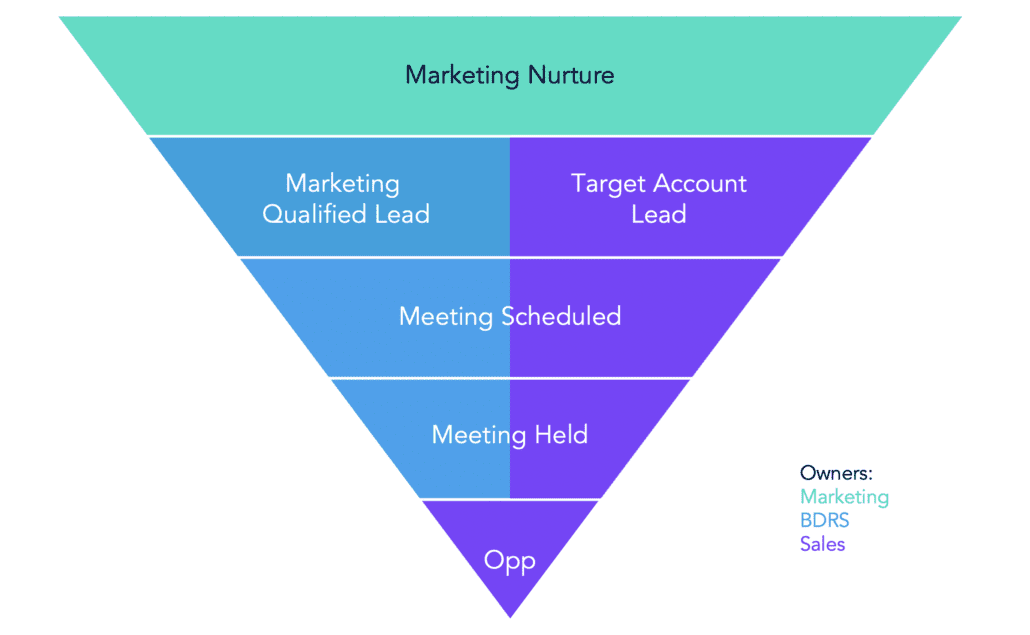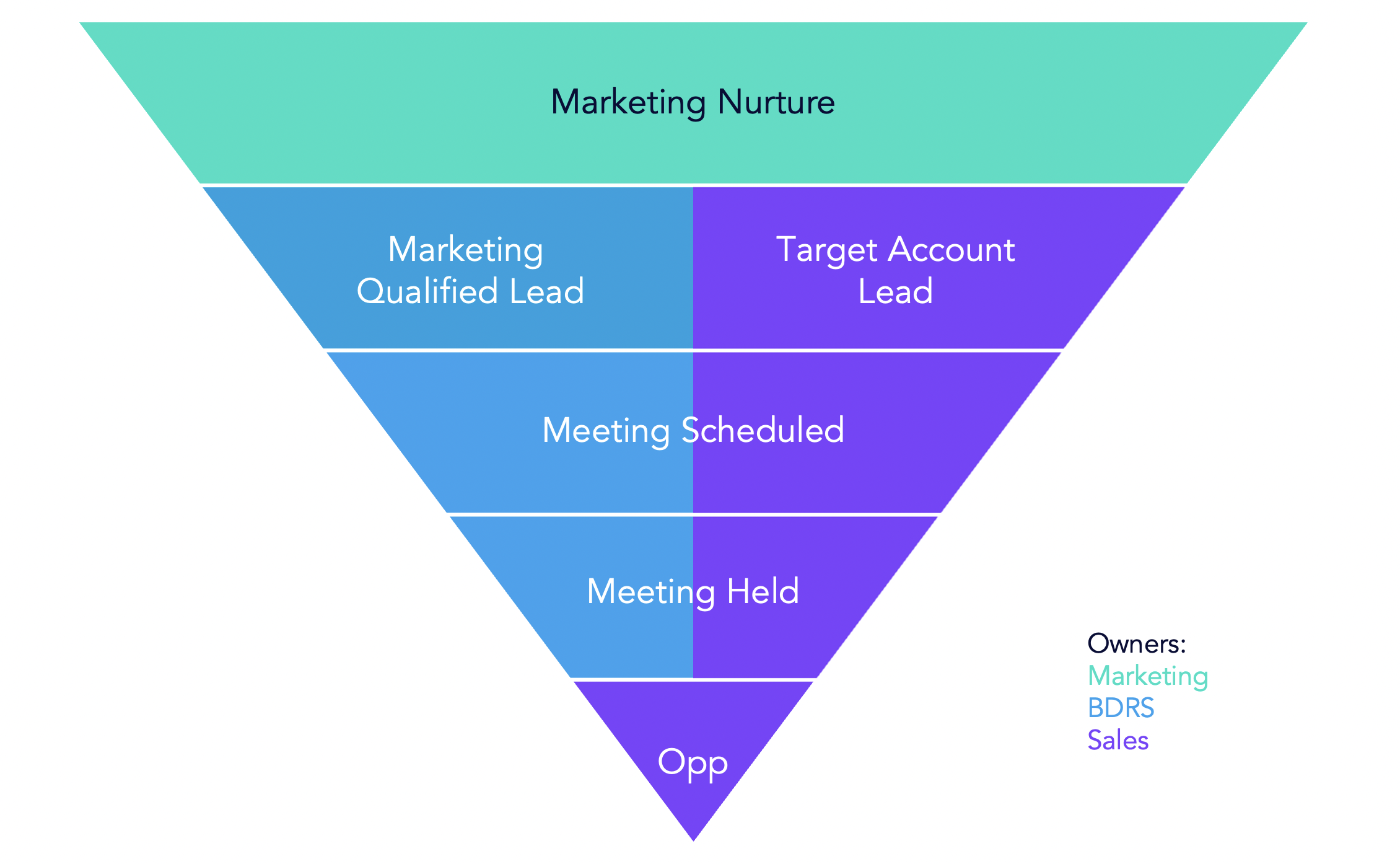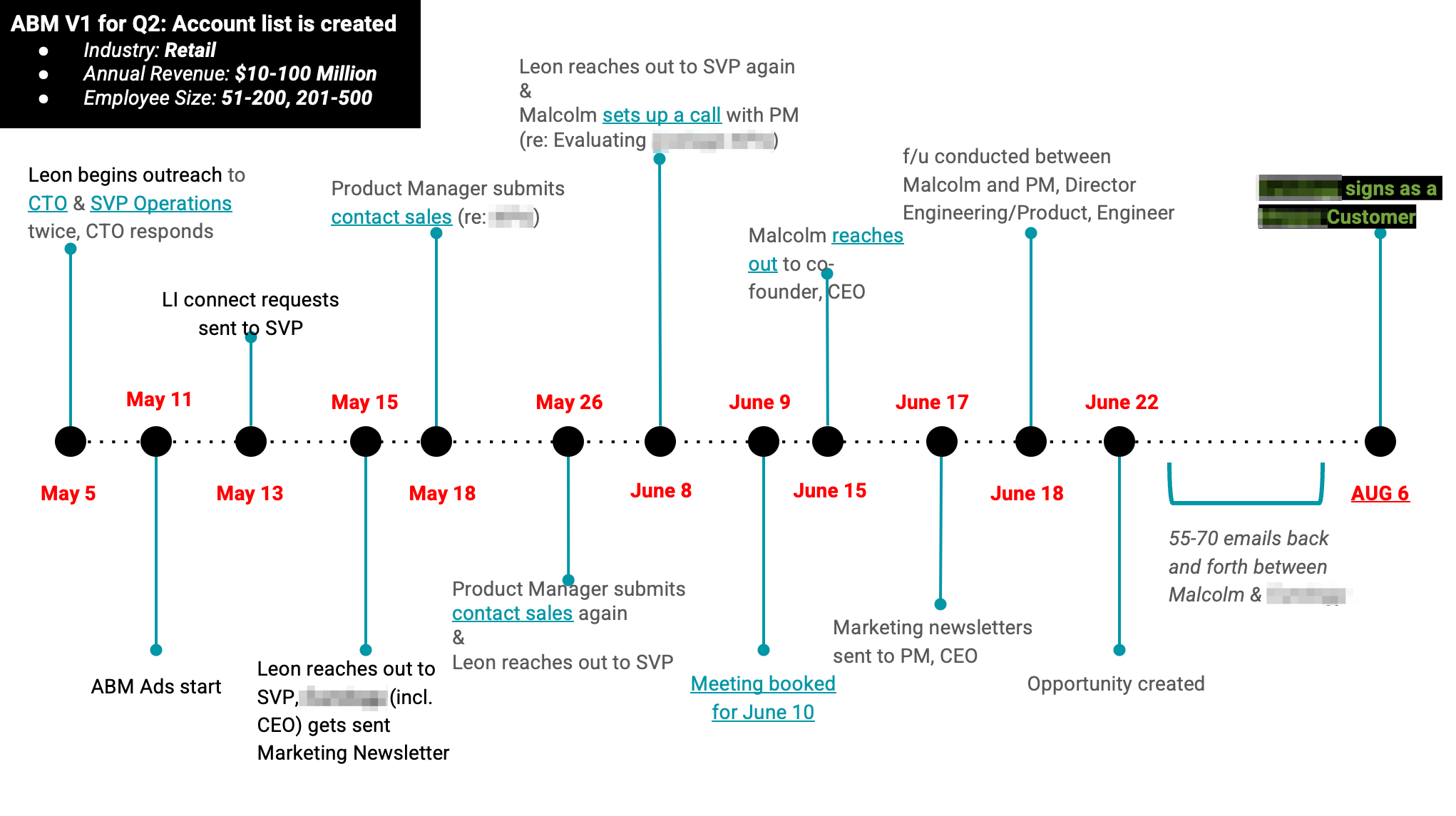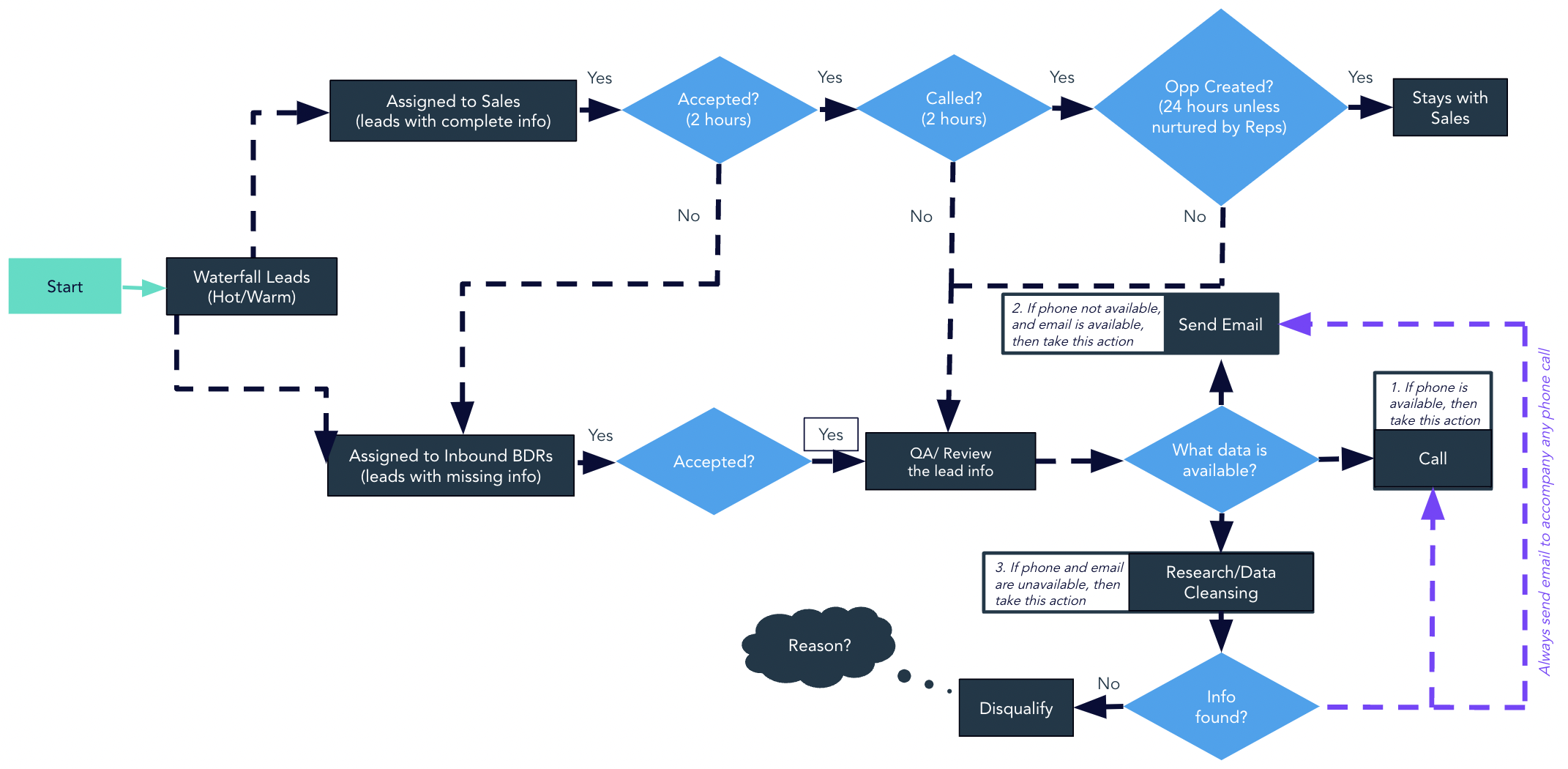In 2021, 98% of B2B marketers were using or building ABM (Account Based Marketing) playbooks. But despite their wild popularity, most ABM efforts fizzle out. MOPs pros can’t control all the variables, but we can ensure ABM efforts are measured, and that target accounts are earmarked for special treatment. The solution to both? Creating a new/alternate MQL stage for the ABM sales funnel.
Note: a capital L Lead is different from a lead. I’ve been careful to use capitalization when I’m talking about Salesforce objects, like the Contact, Lead, Opportunity, and Account.
In this post:
MQLs may be sabotaging your ABM sales funnel
ABM projects are usually consumed by seismic changes in martech and sales behaviors. But ABM also completely upends the reporting and automation most companies have spent years building. Suddenly we need to report on account penetration, pull relationship analytics, remap the buying journey, and remodel attribution and scoring.
Despite this, we often leverage the same old MQL stage and definition. And if you’re using Leads in Salesforce:
- This person could be an employee at an existing target or customer Account, a new sales opportunity, or complete garbage.
- By design, Salesforce creates a new Lead record each time a person expresses new interest. It’s the rep’s responsibility to qualify if the Lead represents a new opportunity (or is an existing customer), and convert to a Contact or disqualify the Lead.
- By default, Leads aren’t associated with Accounts.
When we use the same MQL definitions for prospects and target ABM accounts, we are treating every form fill like a completely blank canvas. And so BDRs are calling [former] customers trying to qualify them. Or two reps are following up with two people from the same opportunity. We never get the account-wide data we crave, nor can we see account-wide momentum across prospects.
Creating a second MQL definition for ABM target accounts
Enter a new acronym – one that represents influential prospects that can be Leads or Contacts from target Accounts. It could be called Account Qualified Lead, Target Account Lead, whatever you want it to be… But carve out a dedicated funnel stage for them.
With a new funnel stage and definition in place, we can make the automation sing by:
- Being tighter with demographic scoring and looser with behavioral scoring. In essence, if they’re from a key account, we want to talk to them.
- Creating target account alerts for the Sales reps assigned to them.
- Creating an account-wide score and tracking surges in interest.
- Negotiating faster follow-up from the field team. After all, these aren’t lookie-loos from a giant tradeshow!
- Routing new Leads [that should be converted to Contacts] past the BDRs and straight to the assigned account Sales reps.
- Sending personalized emails, landing pages, or content.
- Dropping them into more multi-touch nurture streams with Sales rep phone calls, marketing emails, and direct mail.


Other ABM benefits with a new MQL stage
Apart from the automation, I see major benefits to reporting and upsell/cross sell opportunities:
- It’s way easier to report on this funnel stage as a whole, without having to filter every report every time for target account membership. This is a key way to show target accounts are actually converting faster or generating outsized revenue.
- This will allow you to benchmark your target account scoring model adjust as needed.
- This also creates interesting upsell and/or cross sell data… when we offer multiple products, that data lives on the Account level. With a new TAL (or other acronym of your choice) funnel stage on the Contact, we can now visualize how to recycle/renurture customer prospects for different products or services.
FAQs
What is an MQL?
“MQL” stands for Marketing Qualified Lead. A Marketing Qualified Lead refers to a prospect who has been deemed by the marketing team to be more likely to become a customer.
What is a BDR?
A Sales BDR, or Sales Business Development Representative, is a professional responsible for generating and qualifying leads for the sales team. The role of a Sales BDR is often focused on outbound prospecting, reaching out to potential customers, and initiating conversations to identify opportunities for the sales team.
What is the difference between demographic and behavioral scoring?
Demographic scoring and behavioral scoring are two distinct methods used in lead scoring, a process that involves assigning scores to leads based on various criteria to prioritize them for sales efforts. Demographic scores on attributes like title, company size, etc. while behavioral scoring focuses on what action the lead performed to indicate interest.





